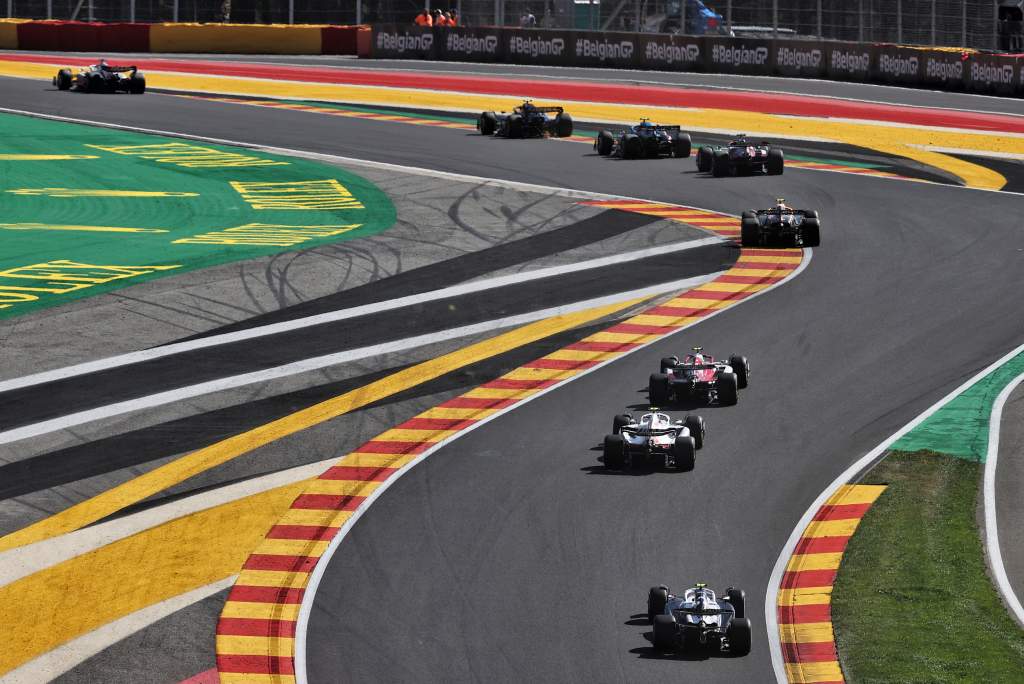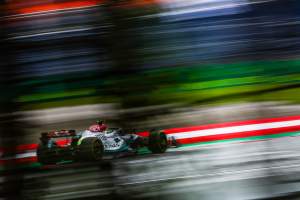Up Next

The FIA presidency changed at the end of a highly charged 2021 Formula 1 season and with big issues to tackle – so big, that we may generously reflect on 2022 as ‘year zero’ for the new regime.
No new president, deputy president, revised structure or whatever, could have overhauled the governing body in just a couple of months to ensure that there was a painless switch from controversy and criticism to a perfectly regulated F1 season.
Mohammed Ben Sulayem has changed quite a lot at the FIA over the past 12 months. Even if you’re not much of a fan and believe it had little impact.
There are still weaknesses in the organisation and its operations. Mistakes can still be prominent, as this year proved.
The rotation of the race director in the wake of dismissing Michael Masi was a failure, although at least one that was eventually recognised with the removal of Eduardo Freitas – responsible for confusion over the starting tyres at the Monaco Grand Prix, and much more seriously the recovery vehicle error in Japan while cars were still on track.
But his colleague Niels Wittich was not perfect either, as shown by the bungled process around a post-race protest from Haas in the United States – he incorrectly told the team it could lodge a protest beyond the time specified in the regulations, which led to a drawn-out saga spanning several stewards hearings and resulted in the final result being settled only days letter.
Wittich was also at the centre of the jewellery and underwear clampdown that was made clear to drivers early in the season but became a much more prominent issue when star driver Lewis Hamilton was under the microscope for not removing a nose stud.
Few people think this was really worth the time, effort and attention it received. And though the FIA was in the right, per the regulations, how this was handled was flawed. It directly contributed to the perception the FIA was picking a needless fight and maybe even targeting Hamilton outright.
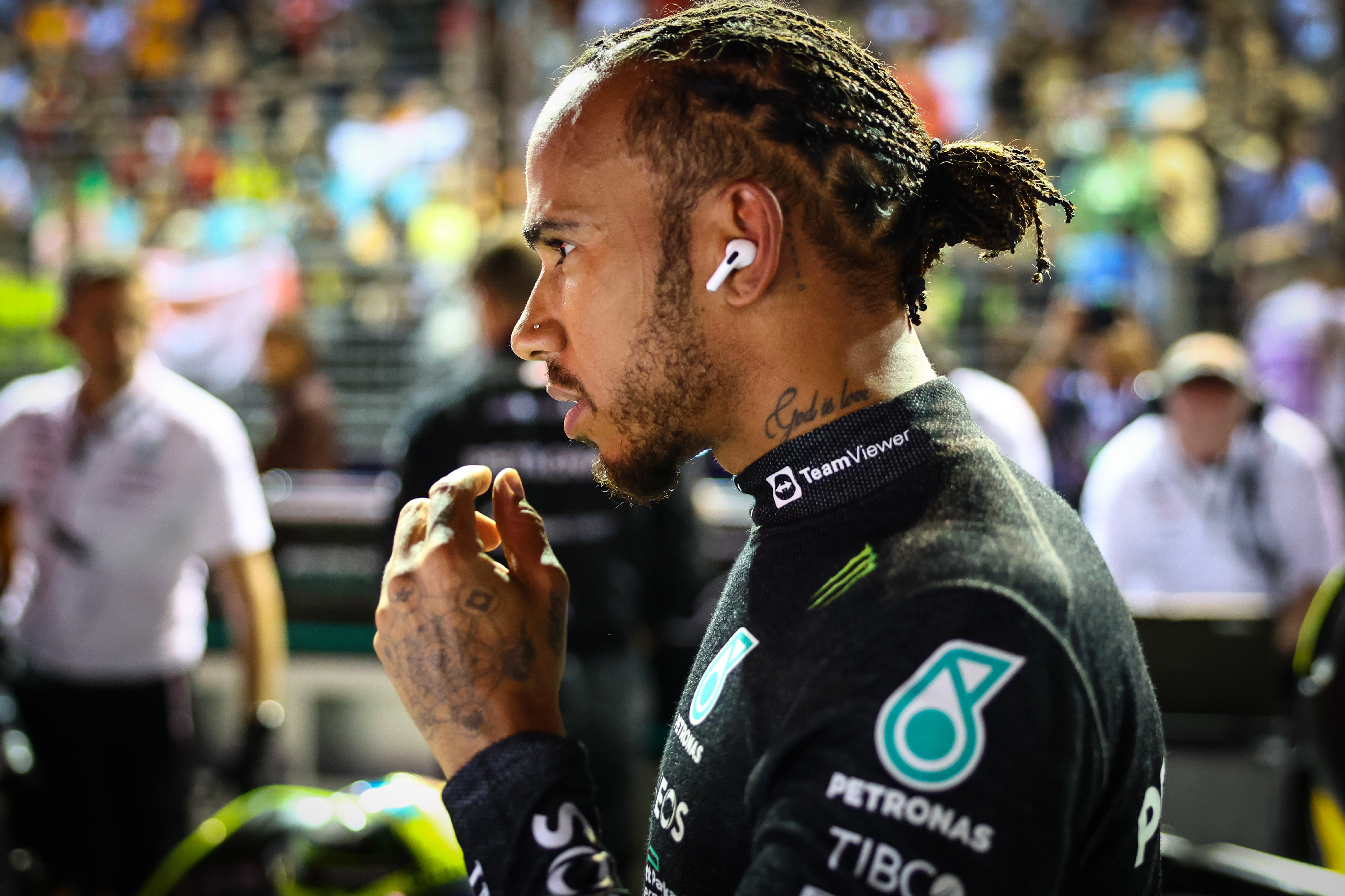
There were several obvious cases of the FIA and drivers locking horns this year, on issues such as the quality of stewarding and race direction, and excessively long drivers briefings, to much bigger ones like outright disagreement over the direction of F1.
When it came to the Saudi Arabian Grand Prix, and an explosion at a nearby oil refinery because of the prolonged conflict in the region, F1’s second round of the season looked in serious jeopardy.
After a Friday night meeting Domenicali and Ben Sulayem jointly declared that the event had the unanimous support of the teams and would go ahead. But the drivers still had concerns and turned the normal Friday drivers’ briefing into a lengthy, private discussion afterwards that ran into the early hours of Saturday morning.
They remained locked in conversation in an F1 hospitality room until well past 2am, four hours after first entering it for the initial meeting, and the situation escalated to the point where all 10 team principals were summoned to rejoin. It was an extraordinary and rare display of driver power, directly in conflict with F1’s stakeholders. Eventually F1 and the FIA pulled rank but a strong whiff of discontent remained for the rest of the weekend.
Big challenges lay at the FIA’s door away from the track as well. It started with having to settle a lawsuit around the halo device, and what Ben Sulayem says was a $20million financial shortfall inherited from the preceding administration.
He had to oversee the review into the 2021 Abu Dhabi fiasco while adjusting to the job, too, although the attempt to draw a line under this was poor. By his own admission it was not good enough, although he believes it was a “good attempt at transparency”.
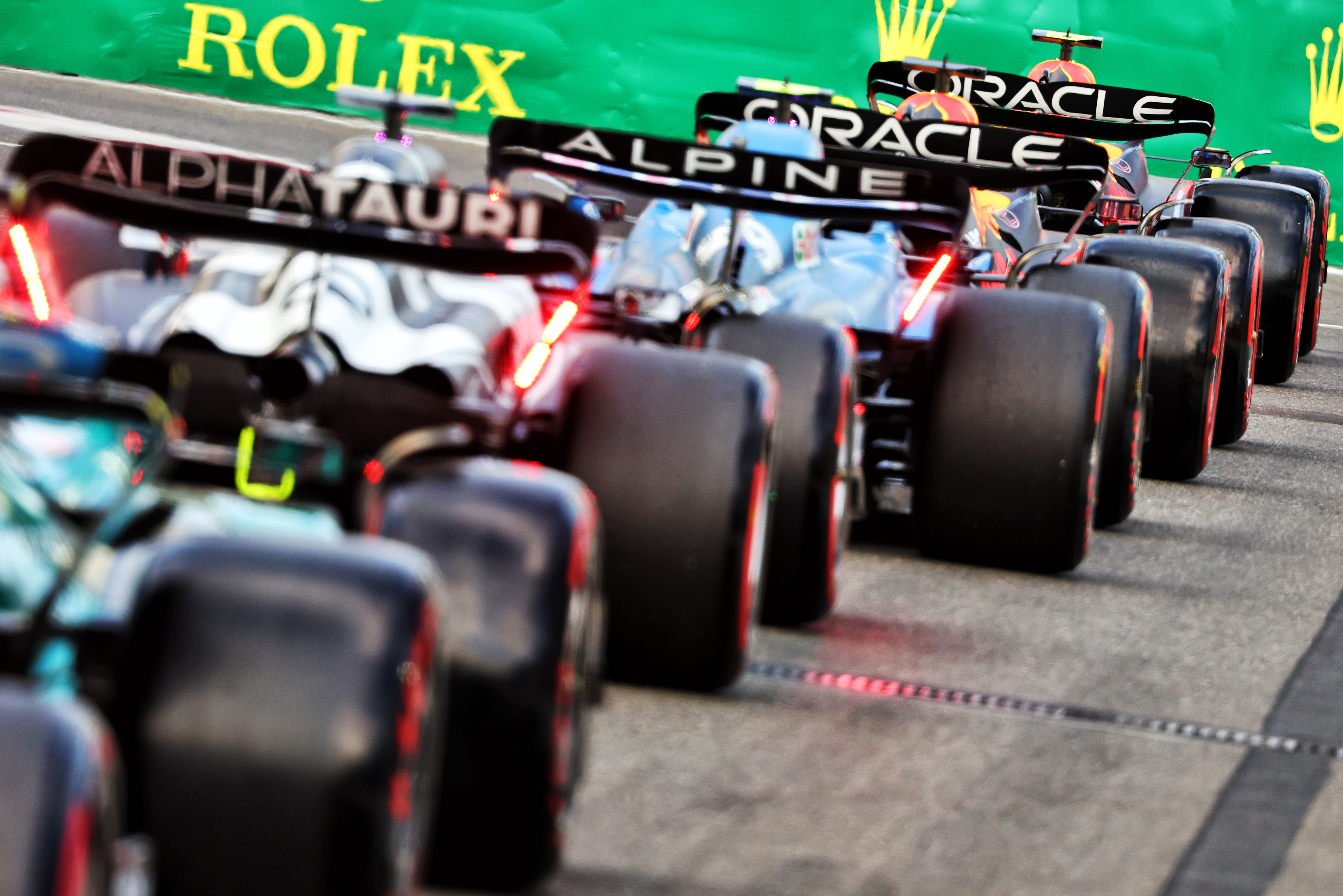
Ben Sulayem insists this will be a cornerstone of his presidency but the jury is out on whether true transparency can really be established in a political organisation such as this, and whether that will be compromised by a desire to protect the FIA’s image.
A lack of diplomacy seemed to permeate a lot of the clashes with the FIA through last year, and perhaps that was born from any challenge of the FIA’s authority or credibility initially being met defensively rather than by looking inwards.
The FIA did not seem happy when F1 insisted that a plan to increase the number of sprint races was being blocked due to Ben Sulayem demanding more money for the organisation to manage the extra logistics around that.

There was a clumsy response to an interview in which Ben Sulayem appeared critical of drivers for standing up for matters like human rights, LGBQT+ discrimination, and mental health on grand prix weekends, as he likened it to imposing views on people. What followed was not an apology, but it was effectively a climb-down – a tweet in which he insisted he does “value the commitment of all drivers and champions for a better future”.
This is part of a lingering unease with how certain elements of ‘politics’ are allowed to permeate F1 but others that are arguably non-political entirely seem to be being pushed back on.
The FIA’s response to Russia’s invasion of Ukraine, for example, was half-baked – it didn’t follow the International Olympic Committee’s guidance of banning Russian athletes outright, continuing to allow them as neutral athletes instead, but it did say Russia and Belarus could not host any major events.
Contrast that direct political intervention with the FIA clamping down on driver freedom of speech at races for 2023, when F1 drivers will need written consent to make a “political, religious and personal statement or comment” following a specific rule change.
The FIA has opted to add an item to the article that governs “breach of rules” so that the ISC now outlaws “the general making and display of political, religious and personal statements or comments notably in violation of the general principle of neutrality promoted by the FIA under its Statutes”. Such statements or comments will only be permitted if the competitor has previously had it “approved in writing” by the FIA or by the relevant national authority.
The FIA claims it is following IOC guidance on “political neutrality of sport” but given Ben Sulayem’s comments early in 2022, some believe this is an exertion of authority to control what drivers say. It could be a move to reduce the potential for problematic comments or gestures, especially as driver comments on the LGBTQ+ community and human rights issues in the Middle East have been a prominent feature of the past couple of seasons.
But perhaps the best and most public example of the image of the FIA being such a high priority was Ben Sulayem’s impromptu defence of his organisation at the end-of-year prizegiving ceremony.
Red Bull team boss Christian Horner referenced the confusing way Max Verstappen was crowned champion in Japan, where there was uncertainty over how points would be awarded due to a mistake in how the rule was worded. Ben Sulayem felt the need, on stage at an event being broadcast, to put the record straight in his view, that it wasn’t controversial and the FIA didn’t write the rules, they were just implementing what the teams had agreed upon and overlooked.
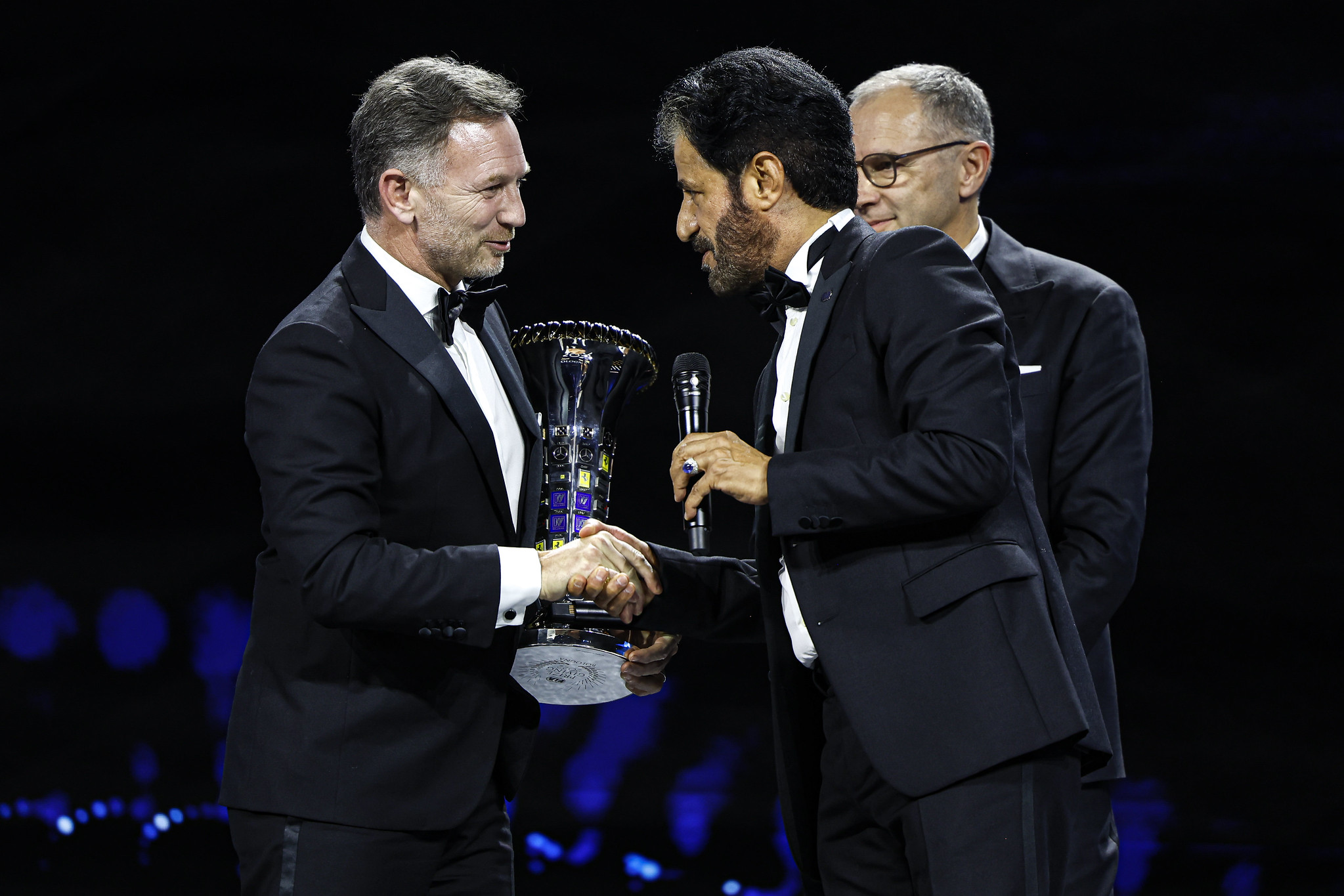
Apart from the fact the Japan situation was controversial, and Horner didn’t actually use that word, it was an unnecessary intervention. Horner’s passing remark – “even though there was a bit of confusion over the points”, with a little gesture to Ben Sulayem – was not exactly laced with malice. It required F1 CEO Stefano Domenicali to step in to prevent an awkward and cringey exchange descending into anything worse.
Looking past more personal examples, there are tangible differences to the FIA in its previous guise, and F1’s stakeholders insist these offer hope that things may genuinely improve longer-term.
It is demonstrably more interventionist now, for better or worse, as exhibited by Ben Sulayem’s direct interest in the porpoising problem that dominated the first third of the season, his desire to speak to drivers about it and show he was listening to concerns.
That, combined with the rule changes forced through for 2023, showed that this version of the FIA will be forceful if it sees something is for the greater good of F1.
Handing the race director role full-time to Wittich for the final few races may be an example of an increased willingness to admit to errors as well, especially if he settles into the job properly. It could end up being a long-term permanent appointment that directly follows the FIA recognising a prior misjudgement and then addressing ongoing issues throughout the year.
Another FIA appointment was less consistently in the headlines than the race directors but still controversial. Ben Sulayem reappointed Shaila-Ann Rao to the FIA after she had spent several years working for Mercedes and its team boss Toto Wolff, to the obvious concern of the likes of Red Bull and Ferrari.
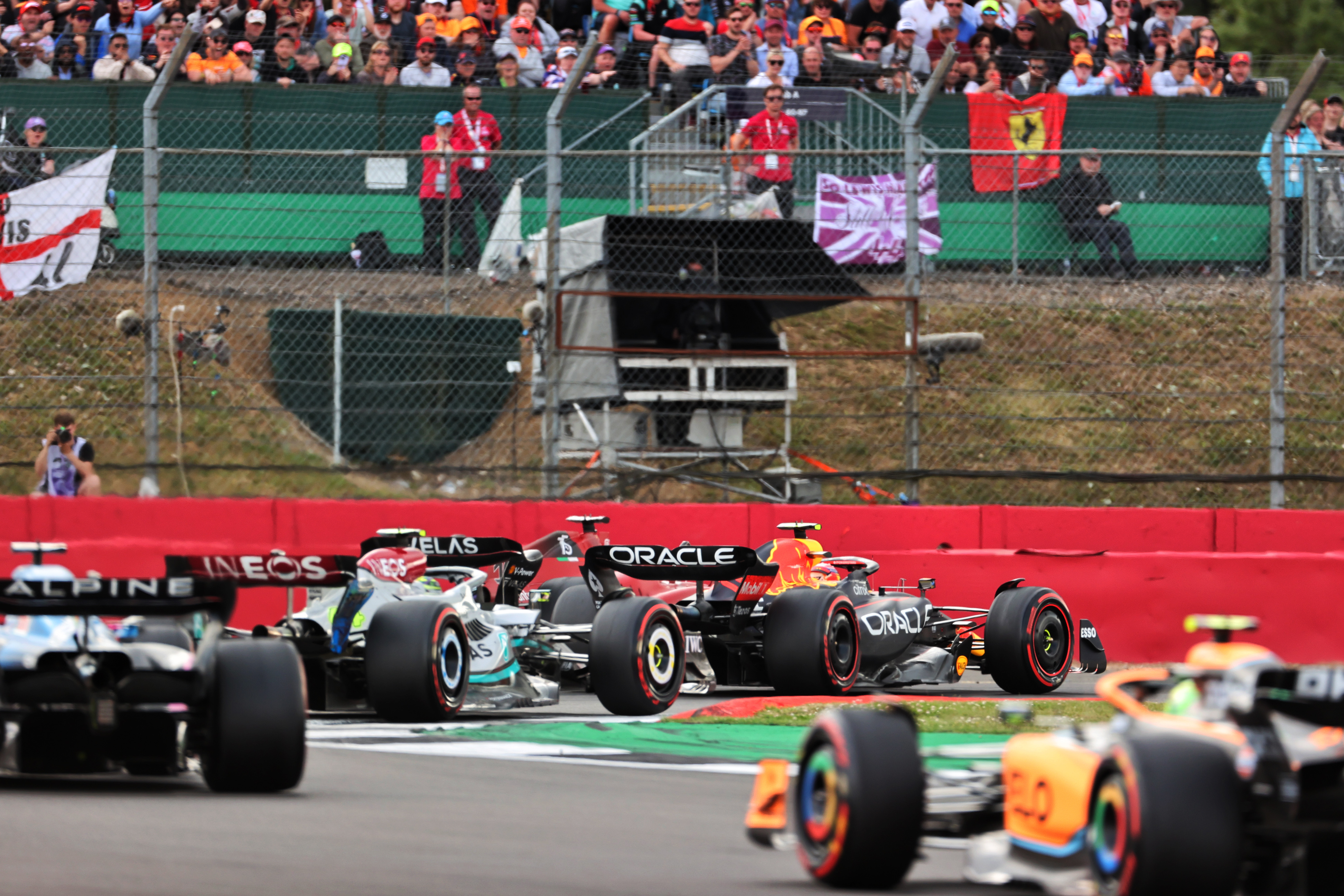
He insisted that her conduct was flawless, but she left the organisation at the end of the year anyway – although this was with a clear implication she was leaving as planned after filling a role temporarily.
This brings us back to the subject of transparency. There were still missteps when it came to what the FIA would share and when.
At the very start of the season, key changes were made to how the FIA’s F1 structure would police driving standards (with revised guidelines for overtaking on the inside and outside) and a zero-tolerance policy on track limits using the white line as the reference for every corner.
But this was not shared publicly, at least not quickly enough, which meant that the only available information came second-hand through media interpretations.
There were some signs of this improving, though. The FIA’s report on the Japanese Grand Prix, and the changes it enacted afterwards, was a massive step forward from the Abu Dhabi review. It broke the incident involving the recovery vehicle down into good detail, shared a lot of data, and admitted to various shortcomings on the FIA’s side.
“Now, if you see every time we have an issue: transparency,” Ben Sulayem insists.
“Go to maybe Japan with the issue that we had.
“We did a thorough report, and then it was on the FIA website before the next race to make sure that we have nothing hanging from there, and that’s after consultation.”
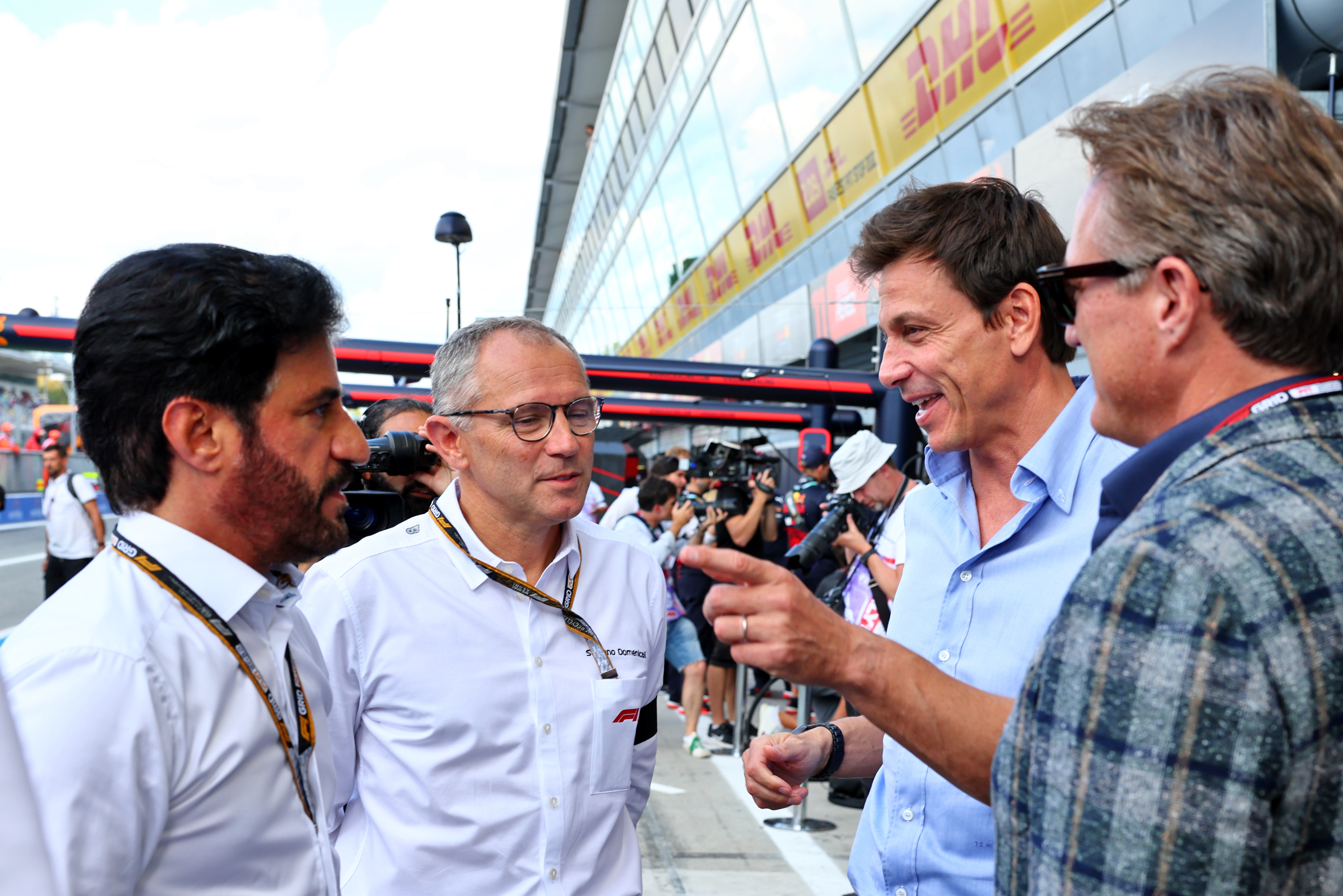
Mercedes boss Toto Wolff said this was handled with “complete transparency and no shyness” and it should definitely be taken as a new benchmark for how the FIA handles such incidents in the future.
There were also other examples of the FIA making pigeon steps in how it communicated things more clearly, sharing updates from race control and other parts of the FIA F1 structure to either help with understanding of situations, like issuing provisional grids to help avoid confusion around how penalties would be applied, or explaining things like Yuki Tsunoda’s unusual unlapping situation in Brazil.
Much later, and with more on the line, the Red Bull cost cap breach was being talked about far too openly for something that took much longer than some people inside the FIA expected to finally resolve. But by the time a decision had been reached, the eventual reports concerning Red Bull and Aston Martin were at least relatively detailed.
They were not perfect but this was never likely to be the case given this was the first real example of the budget cap being enforced. And the main thing for a first attempt is they allowed for a good understanding of what wrongdoing had taken place.
Plus, the FIA has acknowledged this process must be sharper in 2023. So, we may reserve judgement until the 2022 financial analysis takes place.
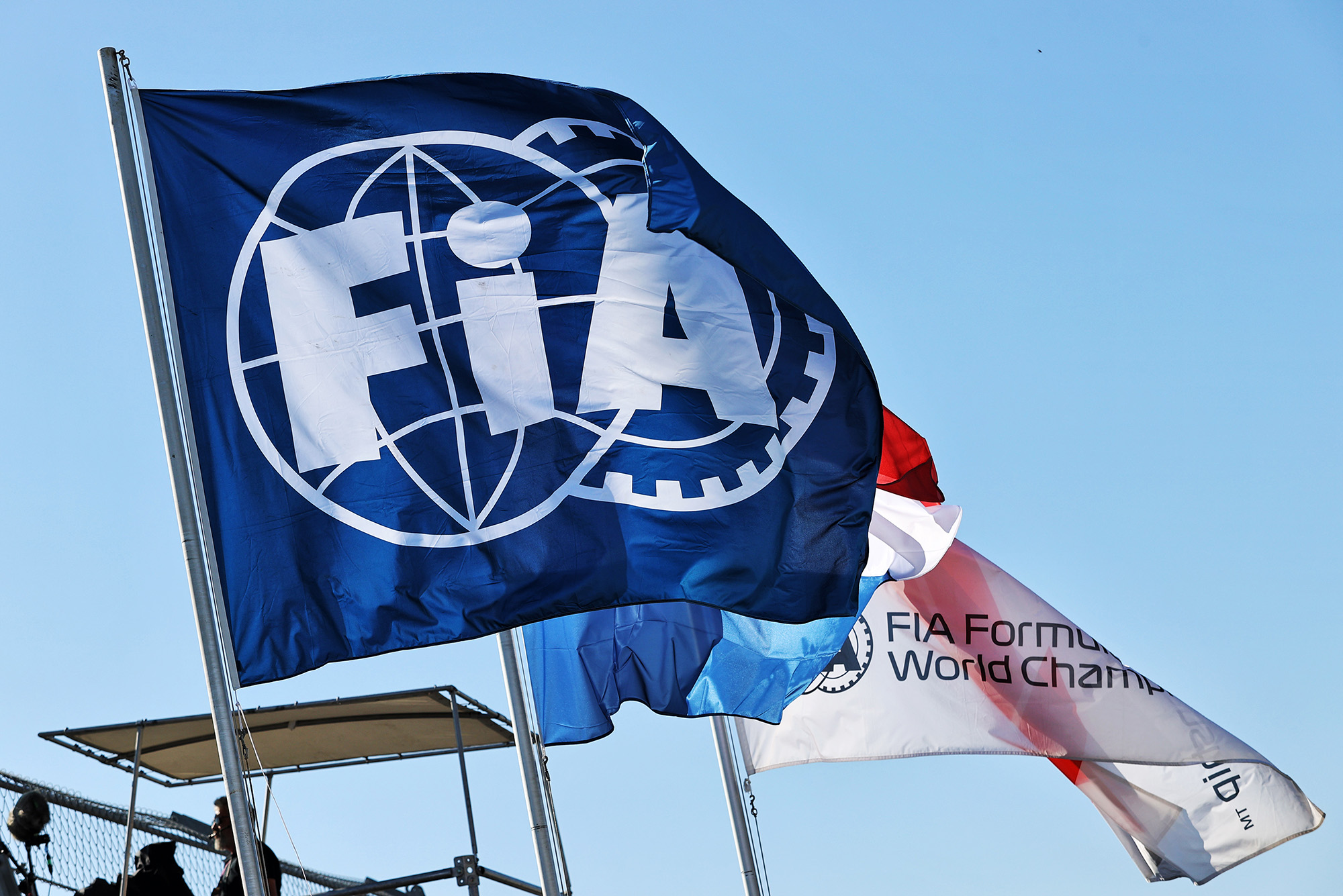
And this, from a glass half-full perspective, may be the best way to consider the first year of Ben Sulayem’s regime as a whole.
It was far from perfect, with some prominent areas for concern despite signs of progress. The FIA made life harder for itself than was necessary. But the circumstances meant a difficult transition was always likely.
The extent of the refresh meant many senior figures in F1 were willing to give the new-look FIA the benefit of the doubt on the whole. It will not be afforded such leniencies in 2023, when more progress must be made across the board.


